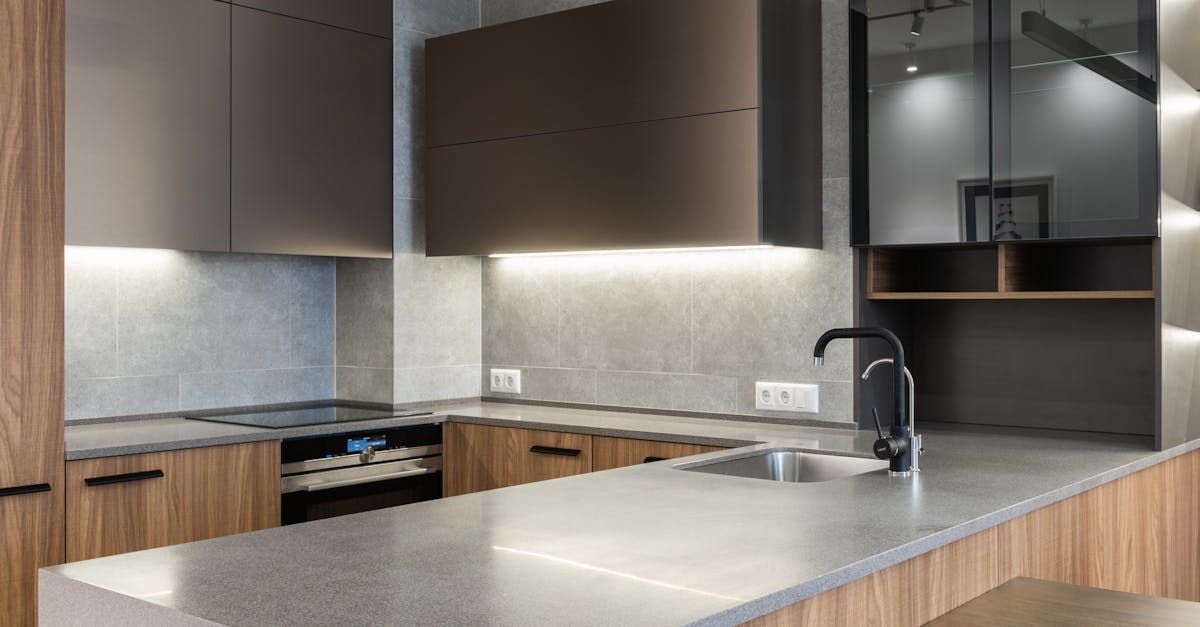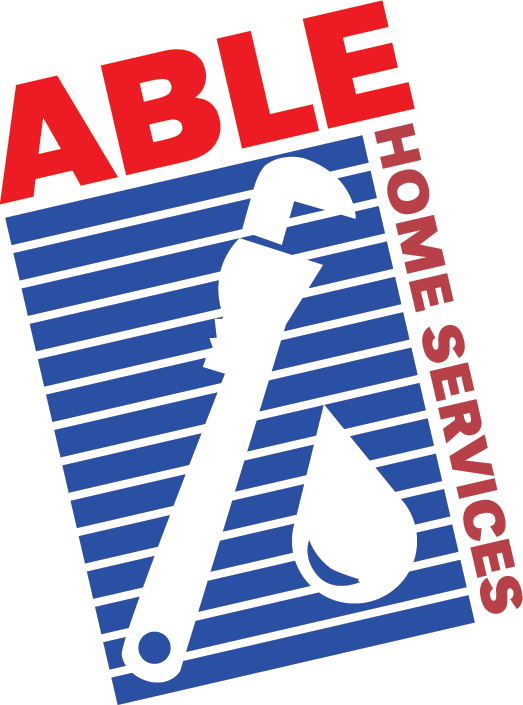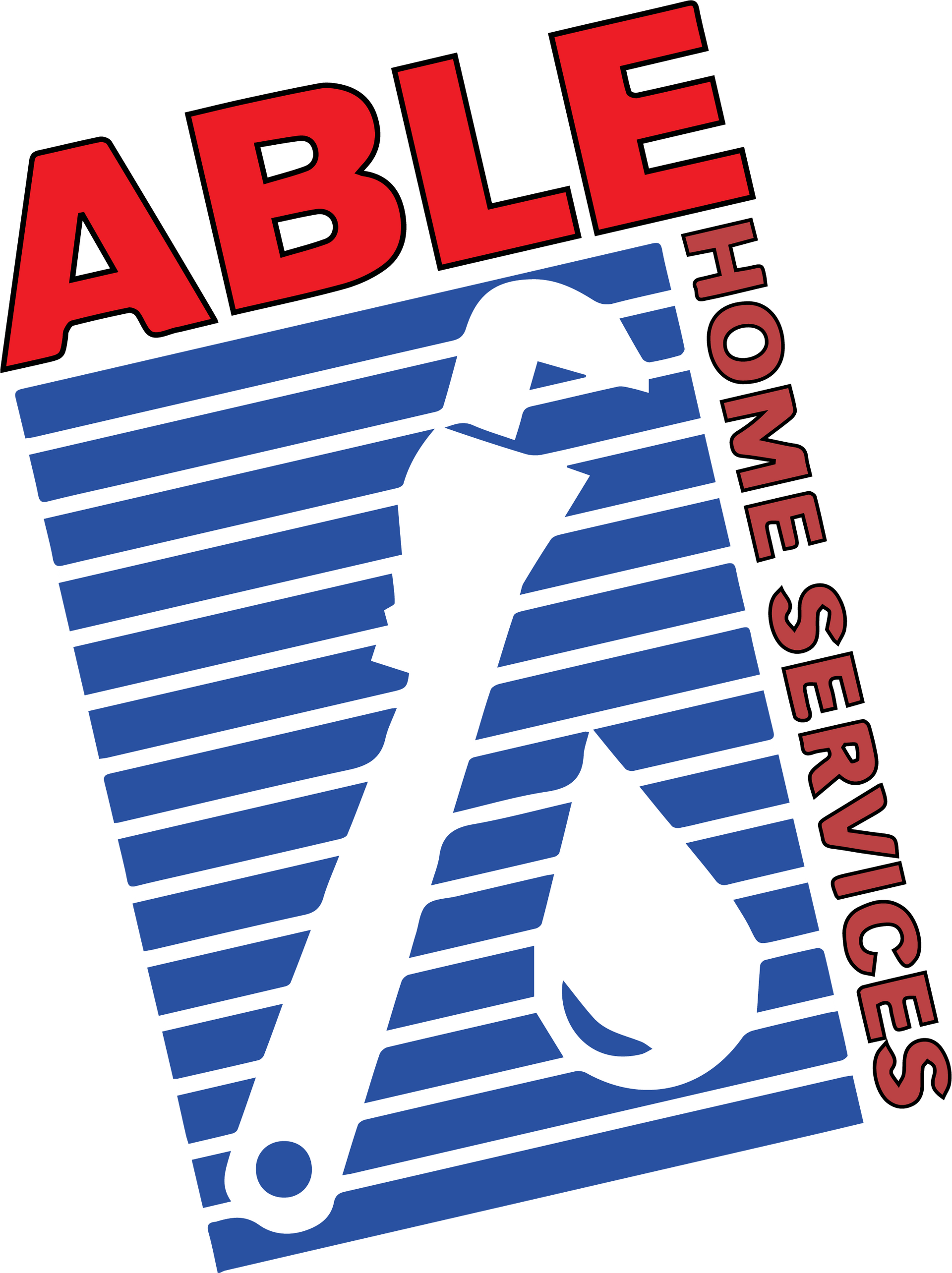Sinks
You'll Be Glad You Called Us First!
Plumbing problems with your sinks? Not a problem for our ABLE plumbers to solve!
Sinks are the unsung heroes in the house or business. Typically, sinks are going to be seeing the most destructive action daily from goop to soap scum to hair to peelings from vegetables, and even from emptying of mop buckets. So much stuff can get into the drain that issues will pop up regularly.
As we deliver our plumbing tips, some of which can be used as a DIY guide, keep in mind that we are always at the ready to lend a hand should you run into any trouble. In many cases, it is best to leave the work to a plumbing professional, so don't hesitate to reach out.
We include great service guarantees on all our tub and shower work as well.

Preparing to Install a Sink
Installing a new kitchen sink and faucet can give your kitchen a fresh look and improve its functionality. However, before you start the project, you need to prepare the necessary tools and materials, and follow some basic steps to ensure a successful installation.
Tools and Materials
To install the plumbing for a kitchen sink, you will need the following tools and materials:
- A kitchen sink and faucet of your choice
- A tape measure, a pencil, a straightedge, and a drill with a spade bit
- A jigsaw, a hammer, and a screwdriver
- A wrench, a pair of pliers, a pipe cutters (for metal and plastic)
- A kitchen-sink strainer or pop-up assembly for the bathroom sink (usually comes with the faucet), some plumber’s putty, and silicone caulk
- A copper pipe, a brass pipe, shut-off valves (for hot and cold), and some compression fittings
- Some ABS pipe (or tubular), a trap adapter, a swivel P-trap, a mini-vent valve, and assorted fittings, and some ABS glue
For the most part, installing a sink can seem straight forward, but before you begin, be sure to carefully read through the instructions that came with the sink.
Also, make sure that you have selected the correct sink for the area you will be working with as there are top mount (or drop-in) sinks, under mount sinks (which go under the counter) and pedestal sinks (nearly free-standing sinks for the bathroom). There are also laundry room sink which can be quite different in size and mounting compared to sinks for other areas of the property. You also want to pay attention to where the holes for the faucets are in the sink as well as to make sure they are the proper separation for the faucet(s) you want to install.
Once you know you have the proper sink and have read the instructions carefully (this is key!), and you know you have the proper tools and materials (check our list above as well as what the instructions suggest), you are ready to install! Make sure you have turned off the water to that part of the house (usually there are shut offs just under the sink area!!
Simply follow the (usually) easy to follow instructions that came with the sink (and the faucets if you are doing those as well). Also make sure that you have plenty of space to work in under the cabinetry and space for your tools and materials.
If all of this seems more complicated than you're willing to deal with, feel free to give us a call as we do this kind of work on a daily basis and have decades of experience!!

Ready To Turn The Water Back On?
Once you feel that you have accomplished your task, turn on the water supply and check for any leaks. Enjoy your new sink and faucet! If you've reached this point and it doesn't look to be right or something isn't working properly, you may need help, which is what we are here for! We are ready and able to help. Give us a call or send for a service request. We're always willing and ABLE to help.


